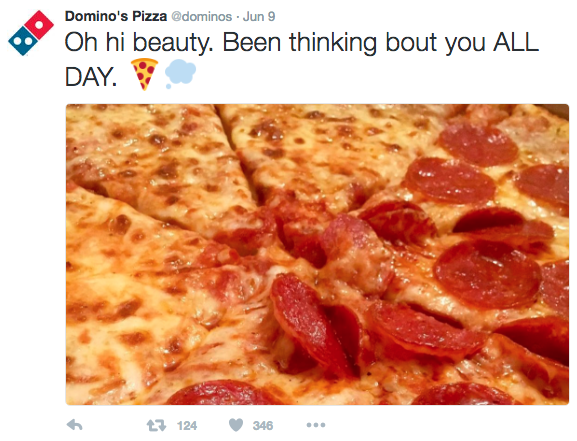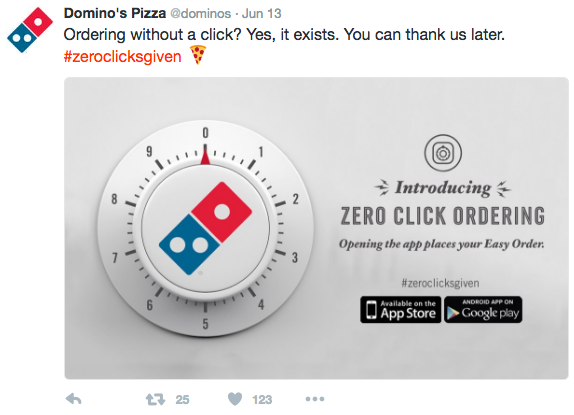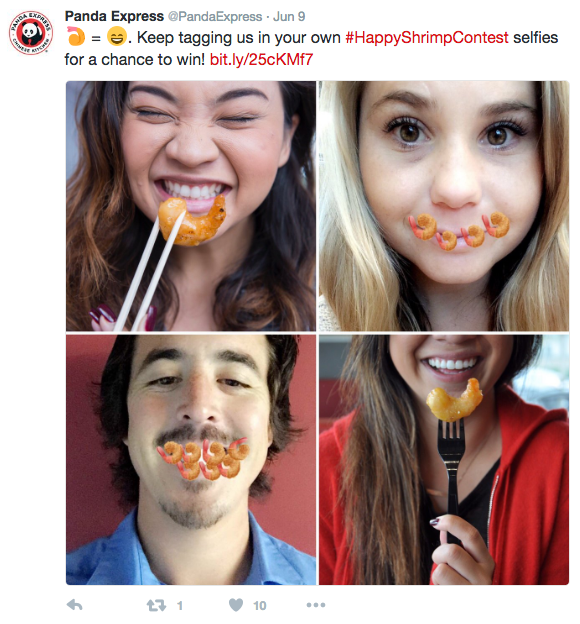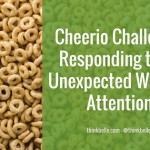The emoji ❤️ is strong these days! Emojis have become a cultural phenomenon over the last several years, and this week Twitter introduced emoji-based targeting. There’s even a National Emoji Day that is is coming up soon, too – July 17th, the date on the iOS calendar emoji.
Today more than 90 percent of online users incorporate emojis into their daily conversations – and brands are taking a big part in this, too. Big or small, brands are incorporating these tiny digital pictures to represent, well, everything! There is an emoji for anything, from rice bowls to balloons and street signs. Emojis are such a big deal that 2015’s “Word of the Year” was “????.” Seriously.
Emoji-speak is super hip these days, but while your brand should be on the emoji bandwagon, there’s a right and wrong way to use emojis. Here are some of our best “emoji etiquette” tips for brands using emojis:
1. Only use emojis for light-hearted conversation.
The tone of emojis is always light-hearted and fun – and that won’t change. Using an emoji in a tweet, text message or Instagram post will always convey a cheerful demeanor. If a post is about something serious or you’re not trying to joke around, leave emojis out of the mix. Your followers will be confused by your tone.
2. Don’t overdo it.
Followers aren’t going to appreciate a brand going overboard with emojis. They shouldn’t be used in every post, and 15 of them shouldn’t be used in a row. Ultimately, they should only be used when it feels most natural to. Fans get the sense when you’re trying too hard to be relevant, and emoji use should never feel forced. The objective is, even for everyday general posting, to try to only use emojis when you see that they would enhance your message or brand in a particular moment.
3. Consider choosing a primary emoji for your brand.
Some brands have chosen to “adopt” an emoji. Sometimes these are obvious; for example, Domino’s Pizza frequently uses the pizza emoji and has even implemented a way for fans to order a pizza by simply sending them a “???? “.



This works for the brand because Domino’s focuses on continuing to find ways to use its main emoji, and it’s related to what they sell. Domino’s tone is always playful and silly, which fits with the demeanor of emojis.
4. Have a little fun during a campaign.
Emojis can add a ton of fun to your social media engagement. Panda Express has been running a campaign to promote its shrimp dishes and are encouraging social media followers to share their “shrimp smiles” to win the #HappyShrimpContest. So the brand has been using ???? and ???? to communicate its campaign, and in turn fans are “shrimp-smiling” right back.

Using emojis to convey a message has become a full-blown movement. With good emoji etiquette, brands can connect and relate to their fans in a way not possible before. They say “a picture says a thousand words,” but we’re seeing that sometimes not even a thousand words can share a smile better than ???? .




